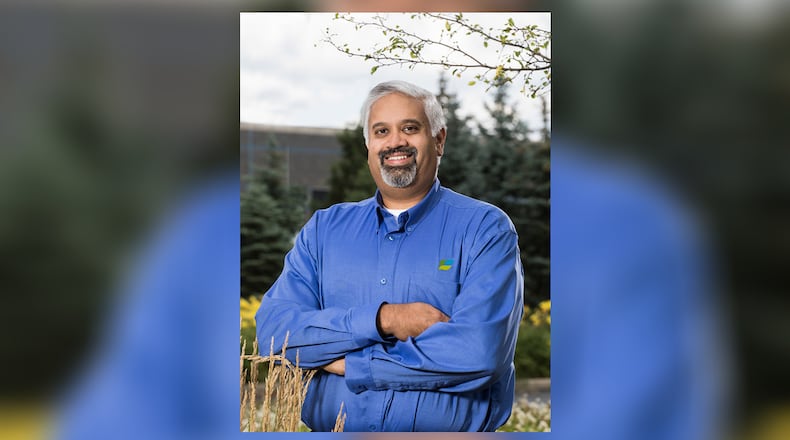However, I learned that hospice care is not about giving up. For patients who have a prognosis of six months or less to live, hospice care offers them an opportunity to live their remaining life with comfort through meticulous care and symptom management, improved sense of purpose, and life validation with support of the hospice multidisciplinary team that includes physicians, nurses, social workers, chaplains, volunteers, aides, and other medical professionals.
Hospice care is about refocusing our medical care to be oriented towards comfort as defined by the patient and family. It’s about maximizing their of quality of life by creating a customized care plan. The care plan is specifically focused on items that the patient and family define as meaningful and purposeful in improving quality of life. So, we work with the patient and their family to manage their chronic medical conditions with more flexibility.
Through the care plan, we seek to address those issues. When a person reaches hospice eligibility, the multiple comorbidities that have been so well treated prior to hospice care sometimes become less of a priority to manage with such strict guidelines. Hospice care has always been about collaboration and preservation of the treasured primary care and patient relationship. Some primary care physicians opt to hand over care to the hospice physician. But more commonly, the primary care physician remains engaged in the plan of care development with the hospice physician and multidisciplinary team. Patients can graduate from hospice care. For those patients, having that continued primary care physician relationship will be important.
Hospice care can be and should be delivered wherever a patient calls home. All hospices should offer routine care in a patient’s home; crisis care support in the home to monitor and manage uncontrolled symptoms; care in a general inpatient setting to help relieve uncontrolled symptoms; and respite care to allow the family a chance to rest and recover if needed for up to five sequential days.
Most services, medications, supplies, and equipment related to a patient’s illness are covered under the Medicare or Medicaid Hospice Benefit and most private insurances, resulting in little to no cost to the patient for hospice care.
Ohio’s Hospice is an affiliation of mission-driven, not-for-profit end-of-life and palliative care providers in Ohio, committed to a shared vision of strengthening and preserving community-based healthcare. We serve patients and families throughout Ohio. Thanks to generous community support, and more than 45 years serving the community, we are privileged to be one of the oldest, most experienced hospice organizations in the nation.
If hospice care is introduced correctly — as a comprehensive medical specialty that focuses on maximizing quality of life with aggressive symptom control and multidisciplinary team engagement to provide goal-oriented care — patients and their families will have a more peaceful, understood journey to the end of life.
Chirag Patel, MD, FAAHPM, is the Chief Medical Officer of Ohio’s Hospice and Pure Healthcare.
About the Author
